- Destinations
- Travel Styles
- About Us
- Contacts
- Destinations
- Travel Styles
- About Us
When traveling to a new country, it is always polite to learn how to say hello in the local language. Cambodia is no exception to this rule, and saying hello in Cambodian is a great way to break the ice with the locals. There are different ways to say hello in Cambodia, depending on how formal the situation is. Find out below how to say “Hello” in Cambodian like a local!
To greet in Cambodia, the most common way is to say “Chom Reap Sour”, which means “Hello” in English. If you are new to a country, it is best to use this more formal formula. However, in Cambodia, social interactions are often governed by centuries-old traditions of respect and hierarchy.
So, if you want to greet like a real Cambodian and show your respect and knowledge of their culture, it can be helpful to learn how to give a real hello in Cambodian, depending on the context.
.jpg)
As we explained previously, saying hello in Cambodian is not just a phrase, but also an important social component of Cambodian culture. Indeed, if you want to greet someone in Khmer language, there are two different ways to do it: “Chom Reap Sour” for a formal context and “Susadei” for an informal context.
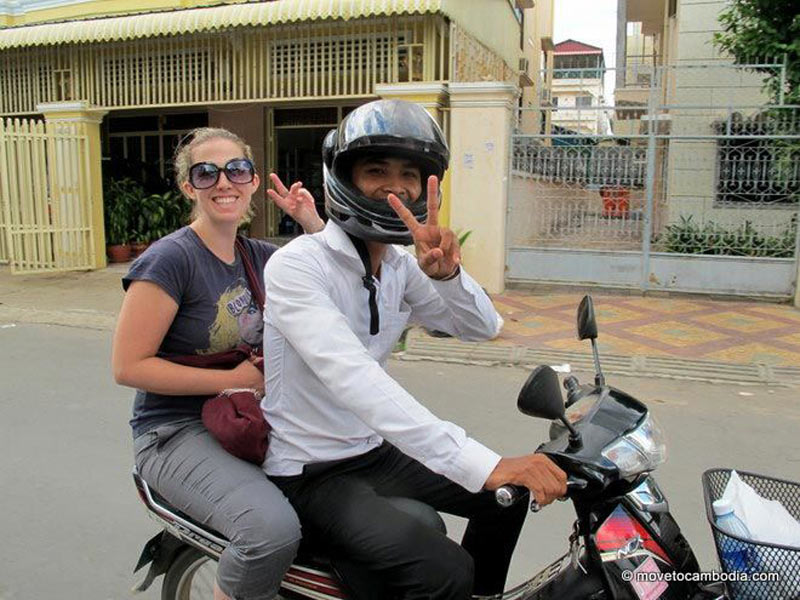
“Chom Reap Sour” is used when speaking to older people and people of higher social status to show them respect. On the other hand, “Susadei” is a more informal formula, often used between friends or family members.
Why fold both hands? In Khmer culture, a greeting is a spiritual act. The hands-pressed gesture mirrors a lotus bud: a symbol of purity and Buddhist reverence, and shows deep respect, especially as the head is seen as the most sacred part of the body.
.jpg)
Now that you know the appropriate expressions to say hello, let's find out together the right way to use them. Do you know that Cambodians also have their own gesture to greet someone? This gesture to say hello and goodbye is called Sampeah.
.jpg)
This is a traditional Cambodian greeting gesture that shows respect. Sampeah is performed by joining the palms of the hands in a prayer gesture and bowing the head. The higher the hands and the lower the head tilt, the greater the level of respect towards the other person. Cambodians use 5 different types of Sampeah depending on who they are addressing:
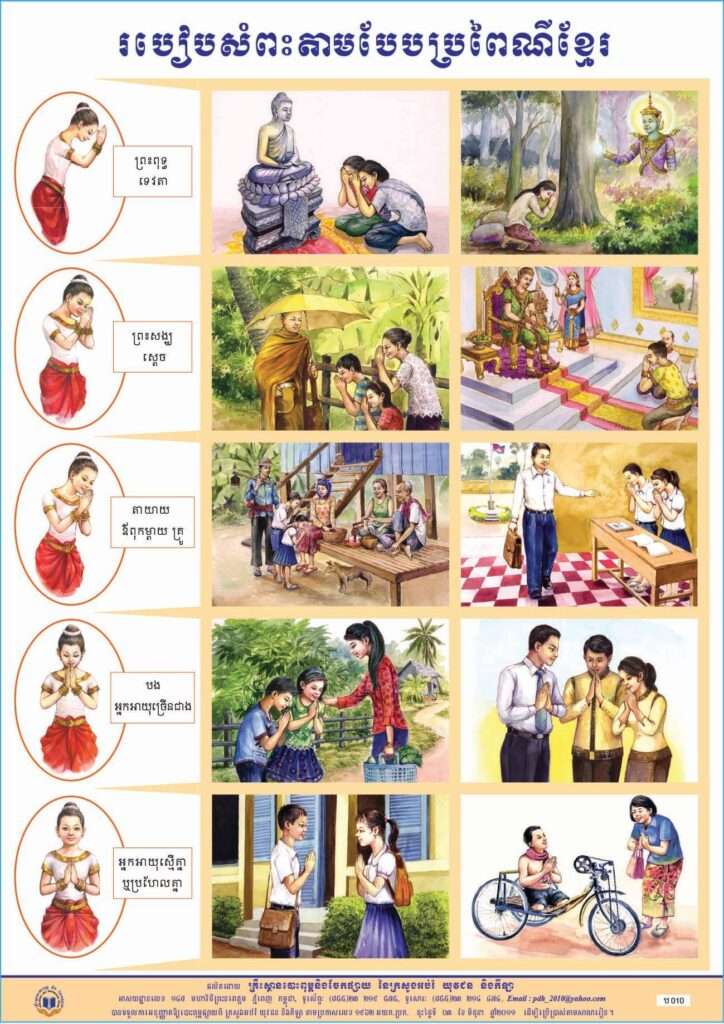
It is common to do a Sampeah during first introductions or if people have not seen each other for a long time. However, it's not necessary to do this every time you meet a friend, family member, or coworker. It is considered rude and offensive not to respond to a Sampeah.
>>> If you're planning your trip to Cambodia, you'll love:
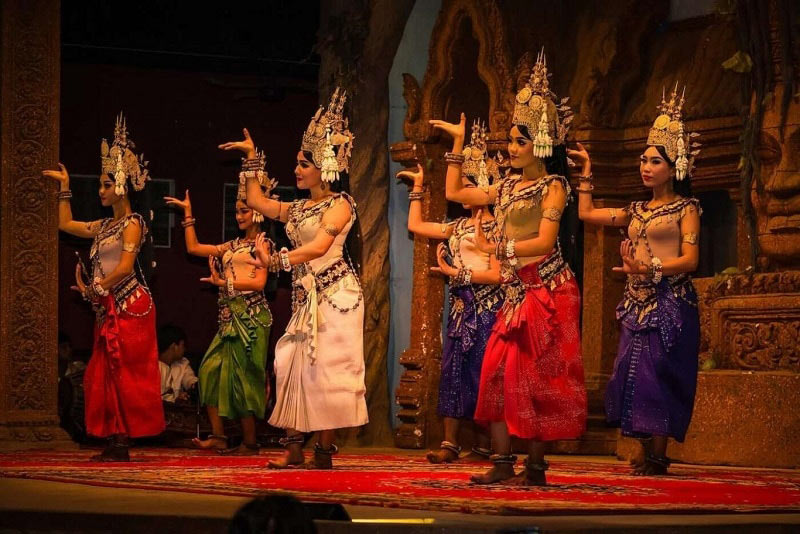
In Cambodia today, we observe a Western cultural influence which has been accepted. Cambodian men often shake hands when greeting each other. However, it is common for women and men not to touch each other when greeting each other, as Cambodians are not used to touching, especially between opposite sexes. Women often adhere to the traditional greeting.
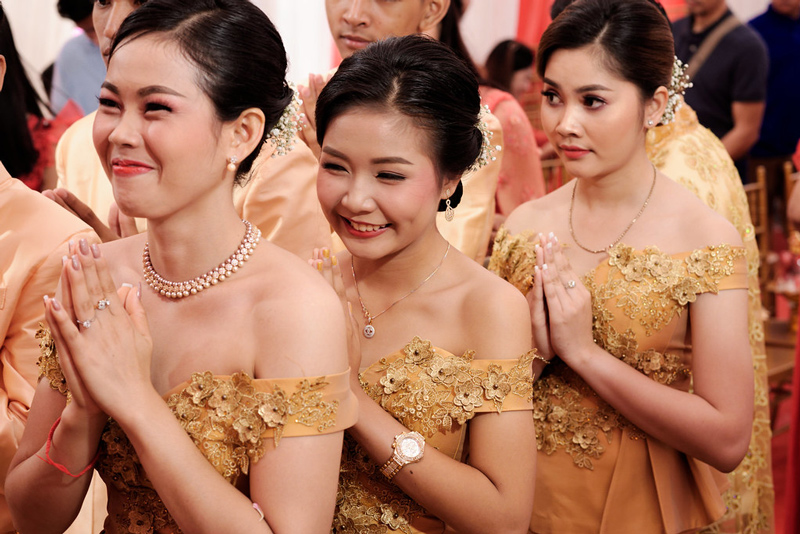
In Cambodia, the customary greeting is a graceful gesture known as "Sampeah," where individuals press their palms together like a prayer. They then raise their hands to chest level, accompanied by a slight bow. This simple act conveys respect, with the height of the hands and depth of the bow signifying the degree of reverence shown.
In formal situations, Cambodians use greetings with the terms "Lok" (Mr.) or "Lok Srey" (Ms.) followed by the person's first name. The surname is rarely used alone, as is the case in Western countries.
In some cases, using the surname may be considered impolite, as many Cambodian surnames are derived from father, grandfather, or ancestor. It is best to use the first name unless you are sure the last name is acceptable.
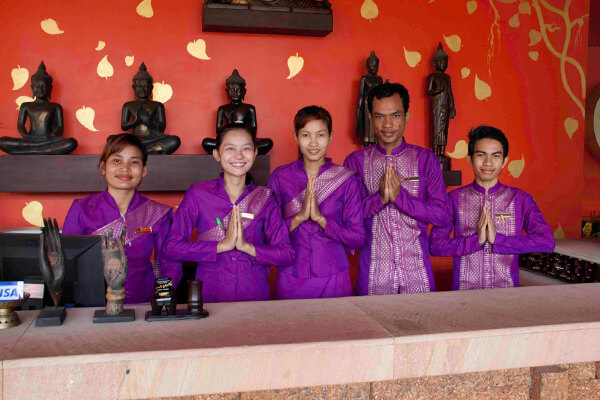
In Cambodia, it is customary to show respect to elders by using honorifics when addressing them. Older men are usually called "Ta" (grandfather), "Po" (uncle) or "Bang" (brother), while older women are called "Yeay" (grandmother), "Ming" (aunt) or "Bang Srey" (sister).
It would be considered rude if a younger person addressed an older person without using an honorific. People of the same age or younger can be addressed by their first name without using a title.
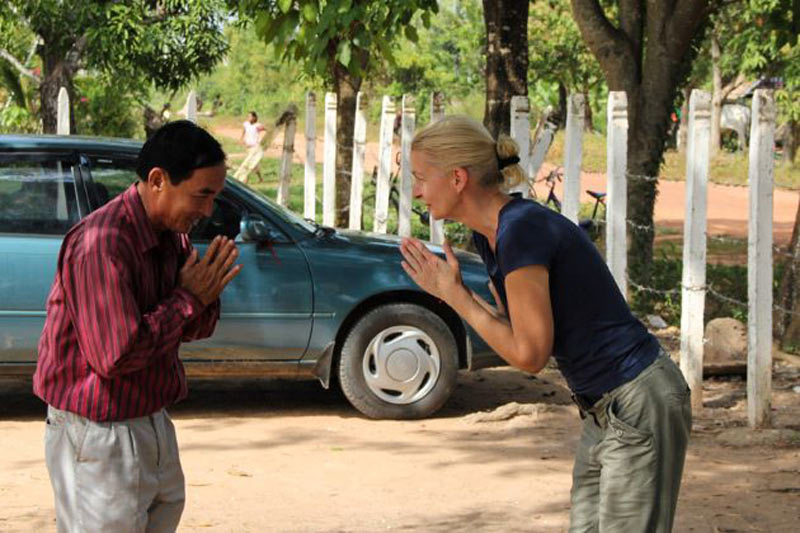
In Cambodian culture, the head is considered the highest part of the body and is therefore treated with great respect. Touching someone's head is considered harmful to their energies, as it is the focal point of intelligence and spiritual substance.
Even if you're just trying to be friendly, it's best to avoid touching a local resident's head. Additionally, Cambodians are very conservative when it comes to sexuality, and public displays of affection are frowned upon. If you're meeting someone for the first time, it's best to avoid putting your hands on their shoulders or hugging them.
.jpg)
As you travel across the country, you may need help or favors from locals, especially if you are unfamiliar with the area. In these situations, it is important to be polite by expressing gratitude and humility. Using words like “please,” “thank you,” and “sorry” are simple but powerful ways to show your respect.
When you ask for something, whether it's something big or small, be sure to say "thank you" and remain polite. As a foreigner, it is essential to remember to be sensitive to the local culture, as it may be very different from that of your home country.
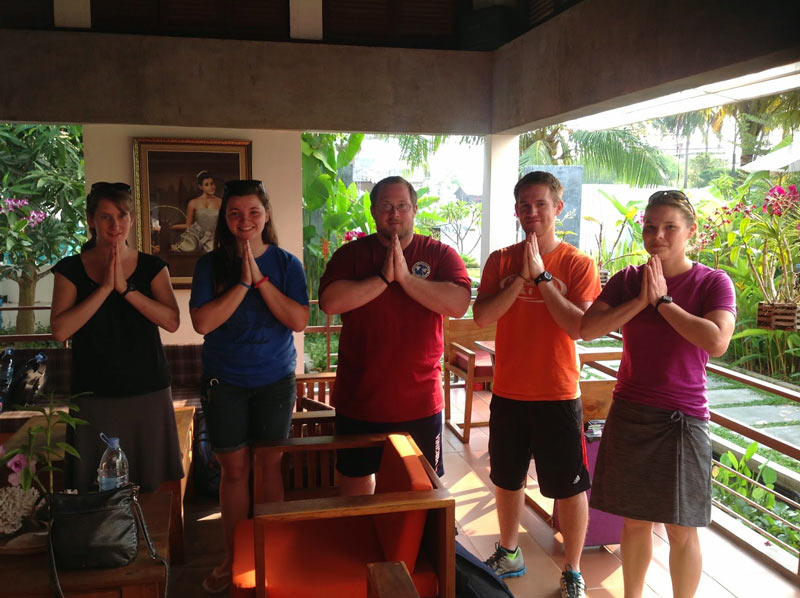
Speaking a bit of Khmer shows respect and makes it easier to engage with locals. It doesn't take much, and the impact is big.
Here are a few key phrases to help you along the way.
It may seem strange that the Khmer way of asking the question “how are you?” ” and the response “I’m fine” are the same. However, you will notice a difference in intonation. The question has a rising intonation and the answer has a falling intonation.
You will often hear “bah, bah, bah” from Cambodian men and “chaa chaa chaa” from women, usually repeated several times.
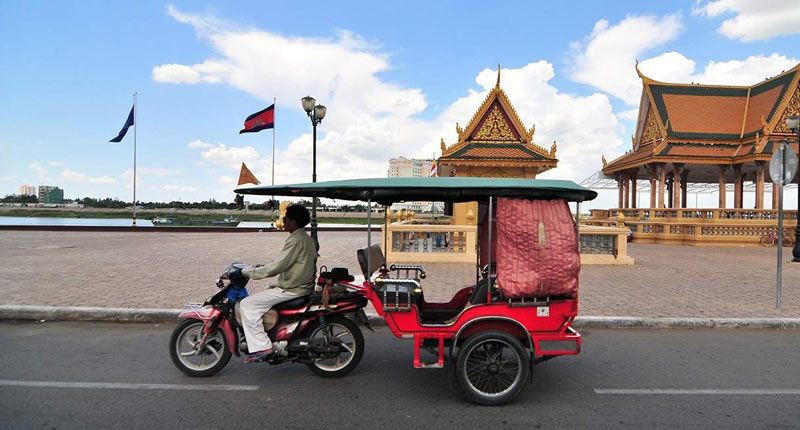
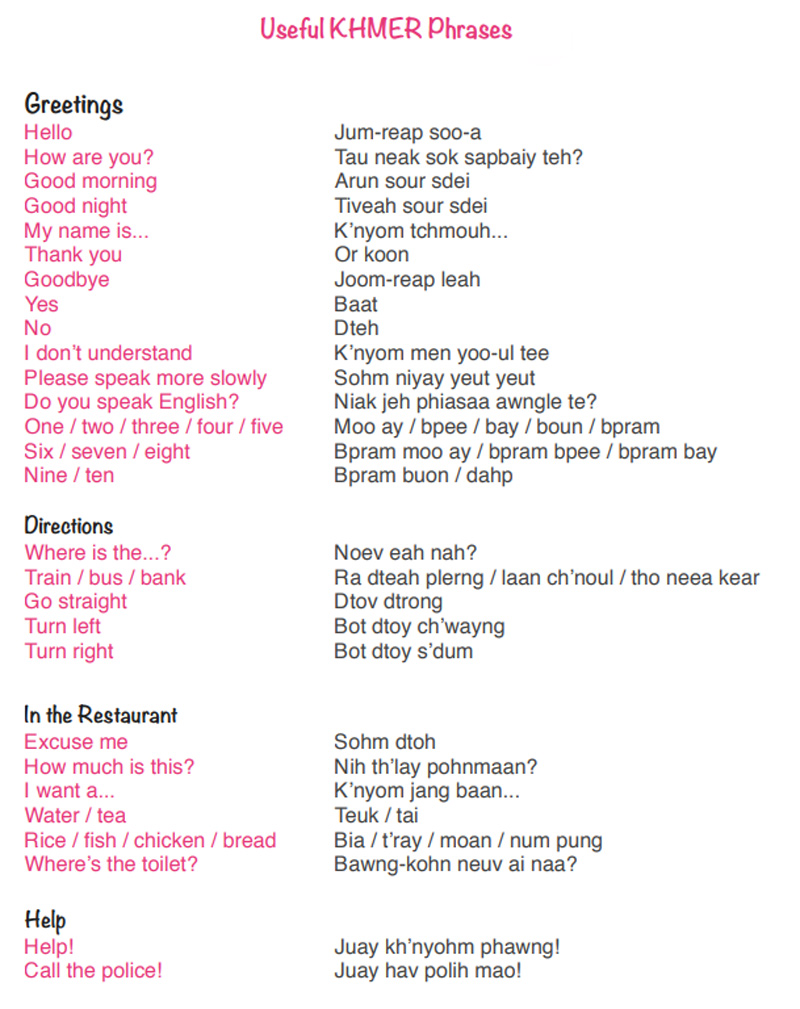
.jpg)
Learning a few phrases to haggle at the market will be rewarded with lower prices.
A tuk-tuk will likely be your primary mode of transportation in Cambodia, so it helps to learn a few phrases. Adding a “som” (please) before a request is always appreciated.
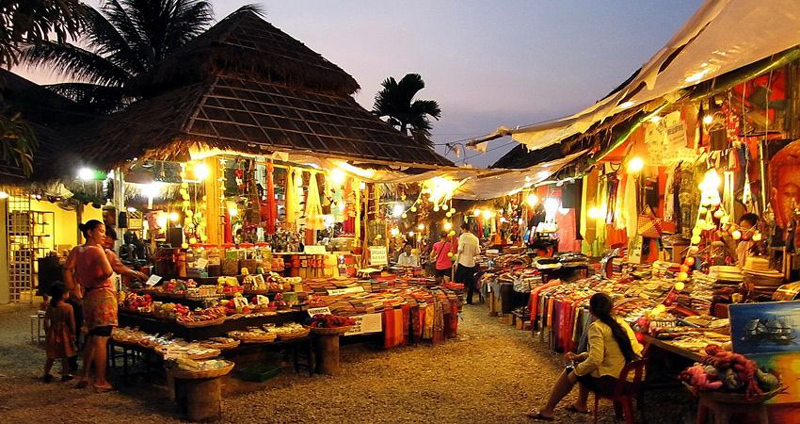

Barang (ba-rang) – Foreigner
Once used for the French, now it refers to all foreigners. You'll hear it a lot.
Chhnang Nas (ch-nang naas) – Very delicious
Use this to compliment food. “Nas” adds intensity — like kdao nas (very hot).
Choul Mouy (chull muy) – Cheers
Common in beer gardens. It means “bump one” - locals say it before every drink.
Man? (man) – How much?
Handy for bargaining. Just ask “Man?” to check the price.
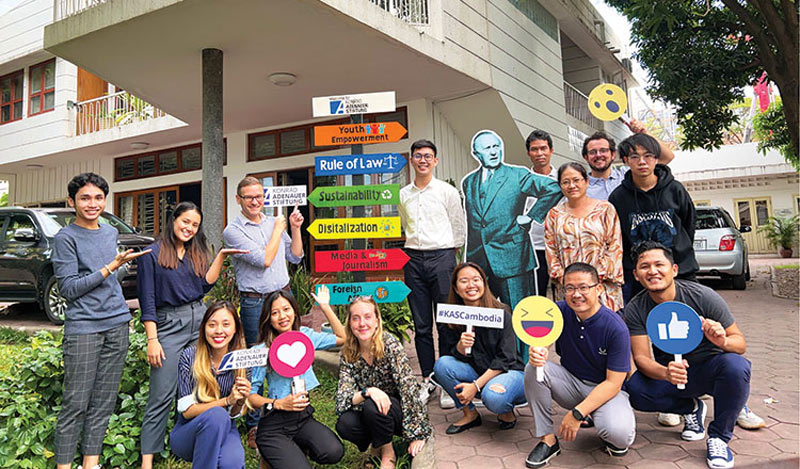
Our last words
With its rich cultural legacy and friendly, hospitable populace, Cambodia is an intriguing country. Learning a few basic phrases in Khmer, starting with how to say hello, is one of the most significant ways to engage with people when you're planning a trip. Because Khmer has sounds that are not found in English, it can be difficult to pronounce at first. However, don't worry, Cambodians are quite friendly and always willing to assist you practice.
>>> Related Articles:
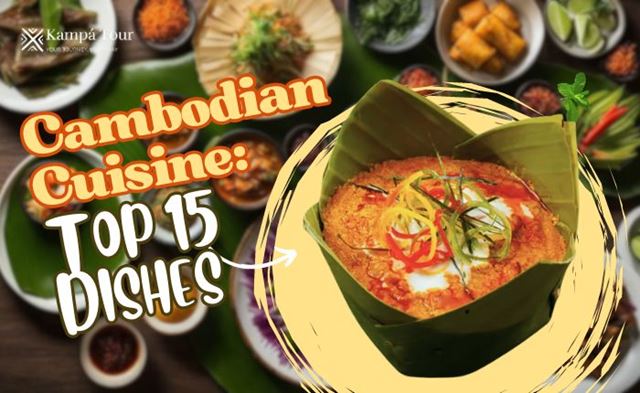
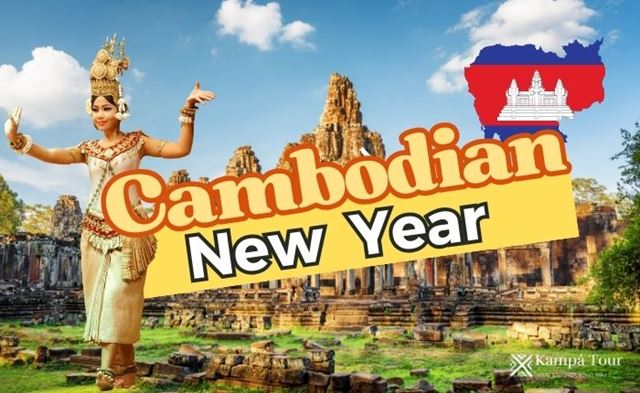
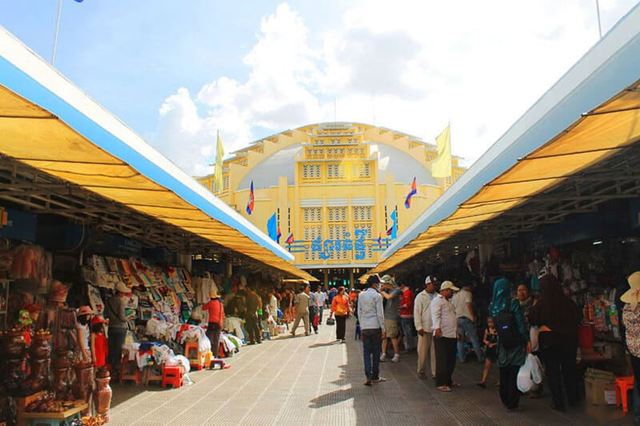
 The Essentials
The Essentials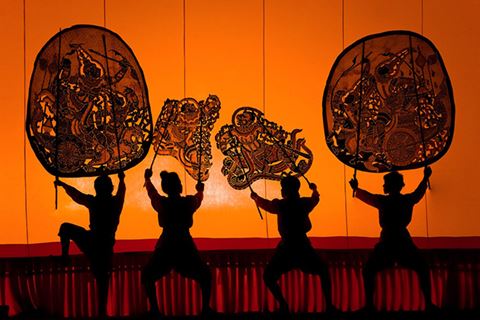 The Essentials
The Essentials The Essentials
The Essentials The Essentials
The Essentials